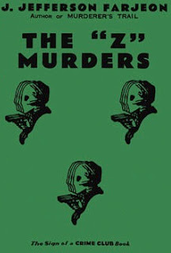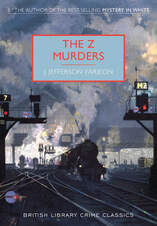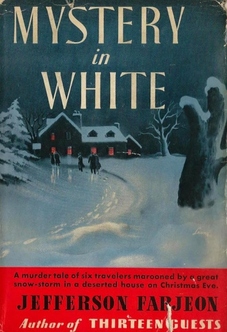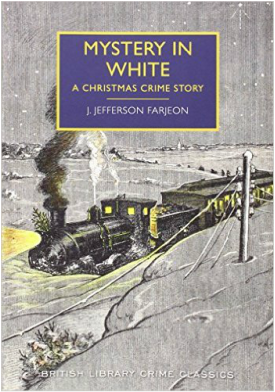
One has to admire J. Jefferson Farjeon’s full-hearted effort to make The Z Murders appealing to his contemporary readership by offering something for everyone. The protagonist’s actions place chivalry above all as Temperley tries to rescue the Damsel from the Danger that stalks her. (The burgeoning romance between the two is as inevitable as the villain’s comeuppance.) The antagonist, when revealed, is a convincing caricature of Evil personified, with a backstory of pain and criminality that leaves him irredeemable and deadly. In this entity, whose physique is an extension of his hatred for mankind, Farjeon presages some of the more flamboyant henchmen one finds within the James Bond franchise.
So there’s young-couple romance, snarling villainy, a well-compressed race against time to prevent more murders, and a world where (at least for a time) we are not sure where the next deadly peril may arise. In his introduction to the British Library Crime Classics reprint edition, Martin Edwards writes (not dismissively) that “the plotting is melodramatic, and the portrayal of the principal villain lurid, while there are regular cliff-hangers similar to those in the Paul Temple stories of Francis Durbridge.” About those cliff-hangers: the author generates some very effective suspense scenes, with one of the best occurring midway through the tale. While Richard and Sylvia have enlisted a comically reluctant cab driver to bring them to the next destination, the killer has forced a more unscrupulous cabbie to make the same journey. The confrontation between the two men in that second car – and especially the driver’s dawning realization of his fare’s identity and how much danger he is in – builds to an unnerving climax that resonates through the following chapters.

For me, The Z Murders proved an exciting and entertaining early example of the serial killer thriller plotline. There is the caveat for the mystery-minded that it is not whodunnit? but whathappensnext?, and readers interested in that second type of storyline will have much to chase after here. Other reviews are found at my colleagues’ sites Classic Mysteries, crossexaminingcrime, Pretty Sinister Books, and In Search of the Classic Mystery Novel.


 RSS Feed
RSS Feed